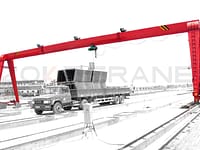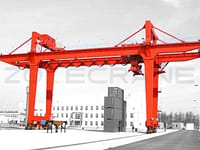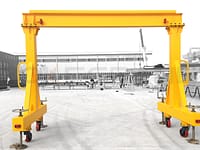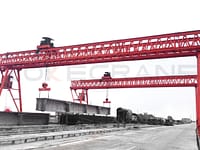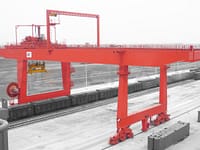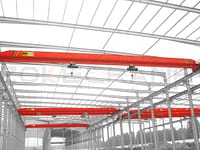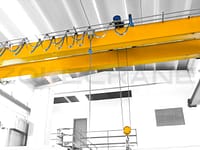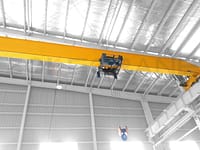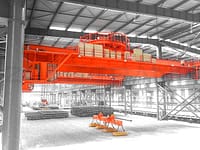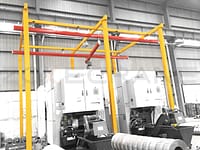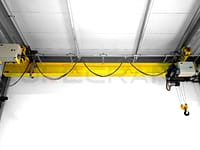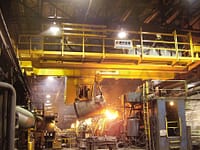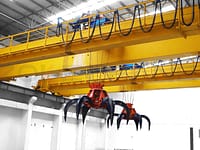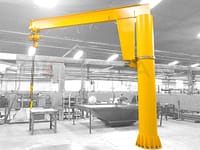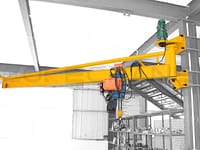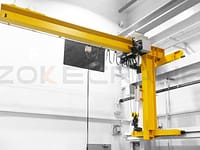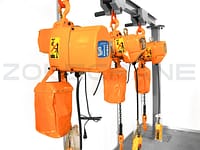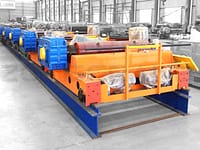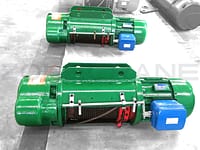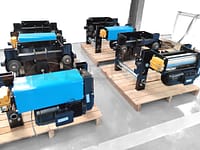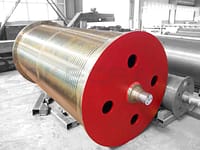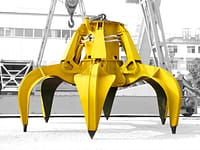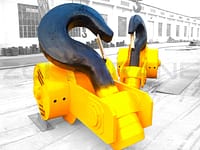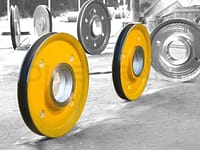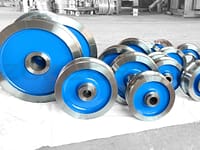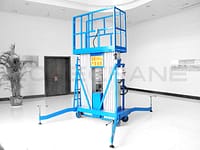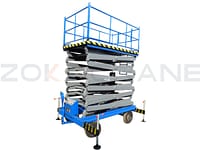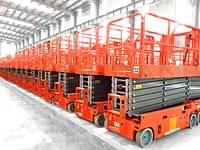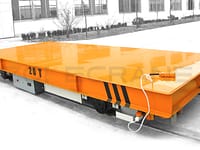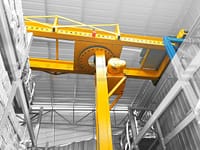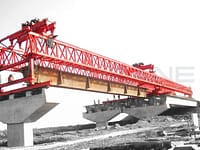CMAA (Crane Manufacturers Association of America) classification of cranes is a standardized system used to categorize cranes based on their intended usage, performance capabilities, and structural characteristics. This classification system helps in selecting the right crane for specific applications, ensuring safety, efficiency, and optimal performance. Let's explore the different classifications under the CMAA system in detail:
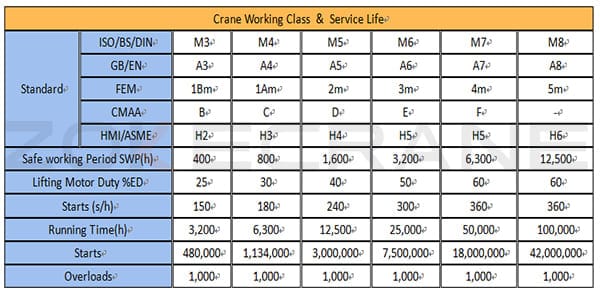
Class A (Standby or Infrequent Use)
Class A cranes are designed for infrequent or standby use. They are typically used for maintenance purposes or occasional service. These cranes have a low duty cycle and are capable of handling a maximum of 15% of their rated load. Class A cranes are suitable for applications with minimal usage requirements and light loads.
- Intended for infrequent or standby use, such as maintenance or occasional service.
- Designed for a maximum of 15% of the rated load.
- Suitable for low-duty applications with limited usage requirements.
Class B (Light Service)
Class B cranes are designed for light service applications. They can handle moderate loads and have a duty cycle of up to 30% of their rated load. These cranes find application in repair shops, light assembly operations, and light warehouse operations where the load requirements are relatively low.
- Designed for light service applications with moderate usage.
- Can handle loads up to 30% of the rated load.
- Typically used in repair shops, light assembly operations, or light warehouse operations.
Class C (Moderate Service)
Class C cranes are suitable for moderate service applications with regular usage. They have a duty cycle of up to 50% of their rated load and are capable of handling medium-duty loads. Class C cranes find application in machine shops, general fabrication, and warehouses where the load requirements are moderate.
- Suitable for moderate service applications with regular usage.
- Capable of handling loads up to 50% of the rated load.
- Used in machine shops, general fabrication, and warehouses with medium-duty requirements.
Class D (Heavy Service)
Class D cranes are designed for heavy service applications. They have a duty cycle of up to 65% of their rated load and are capable of handling heavy-duty loads. These cranes are commonly used in heavy manufacturing industries, foundries, and other industrial operations with high load requirements.
- Designed for heavy service applications with constant usage.
- Capable of handling loads up to 65% of the rated load.
- Used in heavy manufacturing, foundries, and heavy-duty industrial operations.
Class E (Severe Service)
Class E cranes are intended for severe service applications in harsh environments. They have a duty cycle of up to 80% of their rated load and can handle loads in demanding conditions. Class E cranes find application in steel mills, power plants, and other industries where the crane operates in extreme conditions.
- Intended for severe service applications with continuous usage in harsh environments.
- Capable of handling loads up to 80% of the rated load.
- Used in steel mills, power plants, and other demanding industrial settings.
Class F (Continuous Severe Service)
Class F cranes are designed for continuous severe service applications with the highest usage demands. They have a duty cycle of up to 100% of their rated load, meaning they can handle loads continuously without the need for rest or cool-down periods. Class F cranes are used in extreme-duty applications such as nuclear power plants or heavy steel processing where uninterrupted operation is required.
- Designed for continuous severe service applications with the highest usage demands.
- Capable of handling loads up to 100% of the rated load.
- Used in extreme-duty applications such as nuclear power plants or heavy steel processing.
The CMAA classification system provides valuable information for crane selection by considering factors such as duty cycle, load capacity, and usage requirements. It ensures that the crane chosen is suitable for the specific application, promoting safety, efficiency, and productivity. It is essential to consult the CMAA classification when selecting a crane to ensure optimal performance and adherence to industry standards.
